Being an electronics engineer, I always wanted to have a portable component tester, which could test every electronic component out there. In 2016, I built myself a Component Tester based on AVR TransistorTester by Markus F. and Karl-Heinz Kübbeler. This summer, I thought, can it be made pocket-sized? Since my last version was quite big and difficult to carry around.
I started redesigning the PCB with SMD components and an OLED display since it is small, lightweight, and consumes less power. I wanted to retain banana jacks since they offer testing device a robust look and makes it more compatible. Say, I can use SMD tweezer probes for testing SMD components or say I can use alligator clips or anything else. I am no longer limited to plug in my part to the tester to test it.
After spending a few hours fiddling around the PCB layout, I managed to bring it down to as small as 58mm x 32mm (2.28in x 1.26in). Pretty little, right? To make it a fit as a keychain, I added a punch hole on the bottom right corner of the PCB so you can put in a keychain ring or a fancy lanyard. The tester boots up as soon as you power it up via USB C.
Once you connect the component, press the button next to the display to begin testing. Since it has only one button, it makes it easier to use and makes it look less complicated as an electronic tester, which may appear very complex to use at first to many users. Also, to navigate to menu the user just needs to double press the button once a component has been tested or a "No component screen is shown".
I used 0805 package components for the tester since they are the smallest components one can solder by hand and can be eyes directly without a magnifying glass. I used solder paste along with a hot air reflow tool to solder in the components.
A HUGE THANKS TO PCBWAY FOR SPONSORING THIS BUILD
PCBWay offered to step in and helped me to support this project. They also offered their PCB services for the build. I got PCBs in premium matte finished soldermask which just upgrades the overall build quality of the tester. They offer 10 custom PCBs for as low as $5 with a wide array of choices such as soldermask colors, surface finishes and much more. The turnout time for PCBs was amazingly fast. I got my PCBs delivered in 3 days from the day I placed an order. They also examine each PCB design manually before manufacturing so you do not receive any defective PCBs. I recommend trying their PCB service if you need one.
 Akshay Baweja
Akshay Baweja

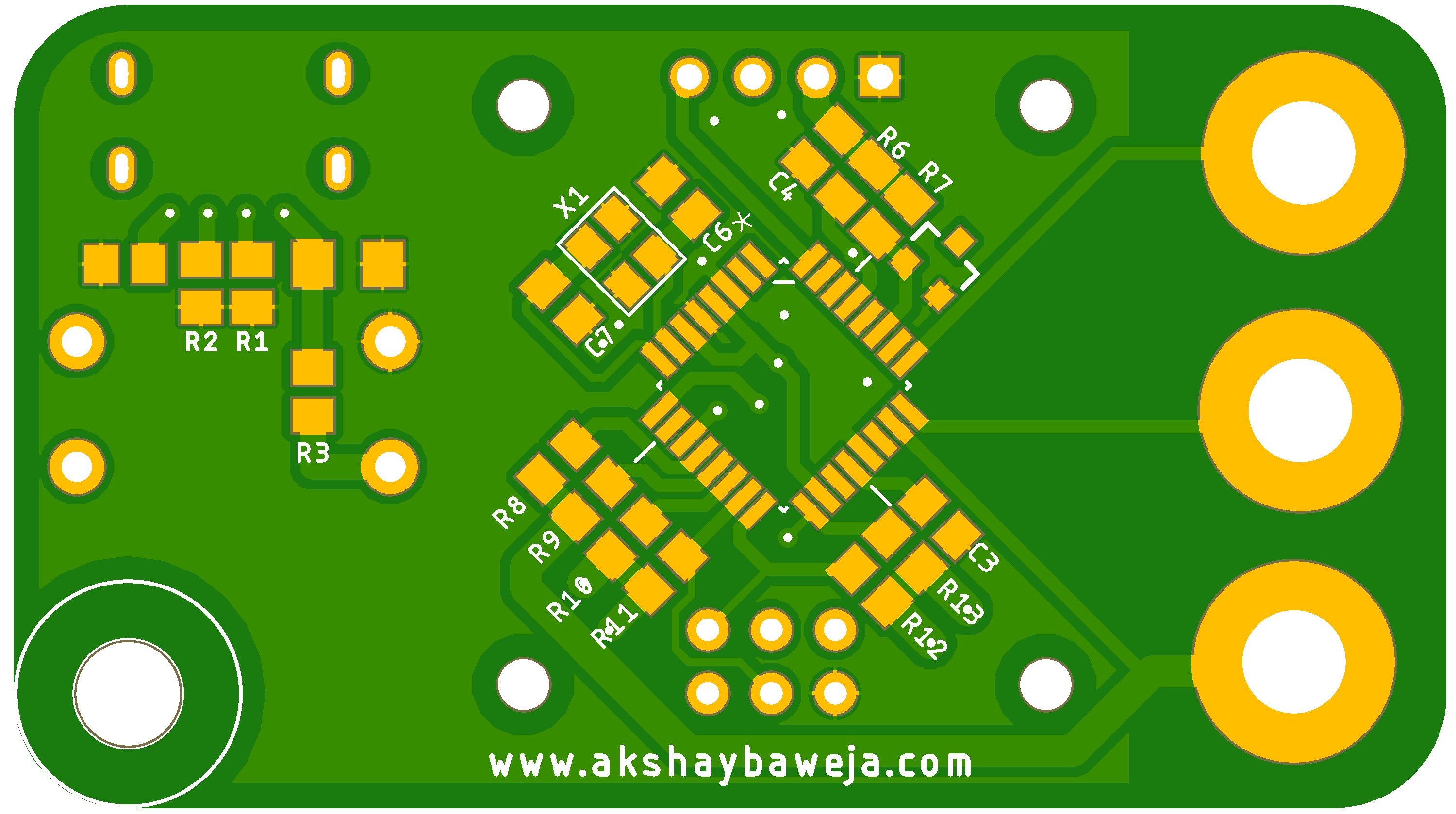
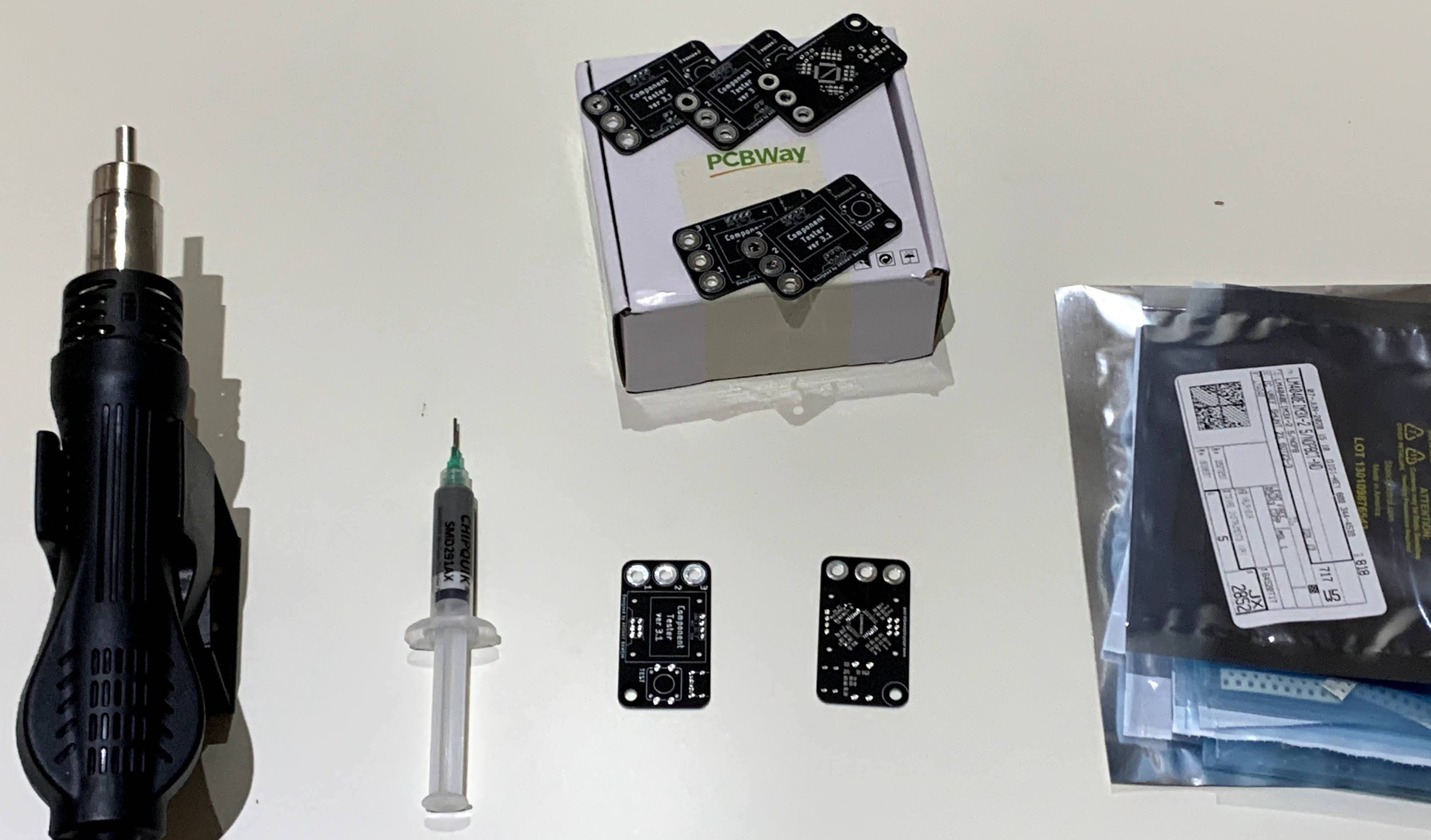
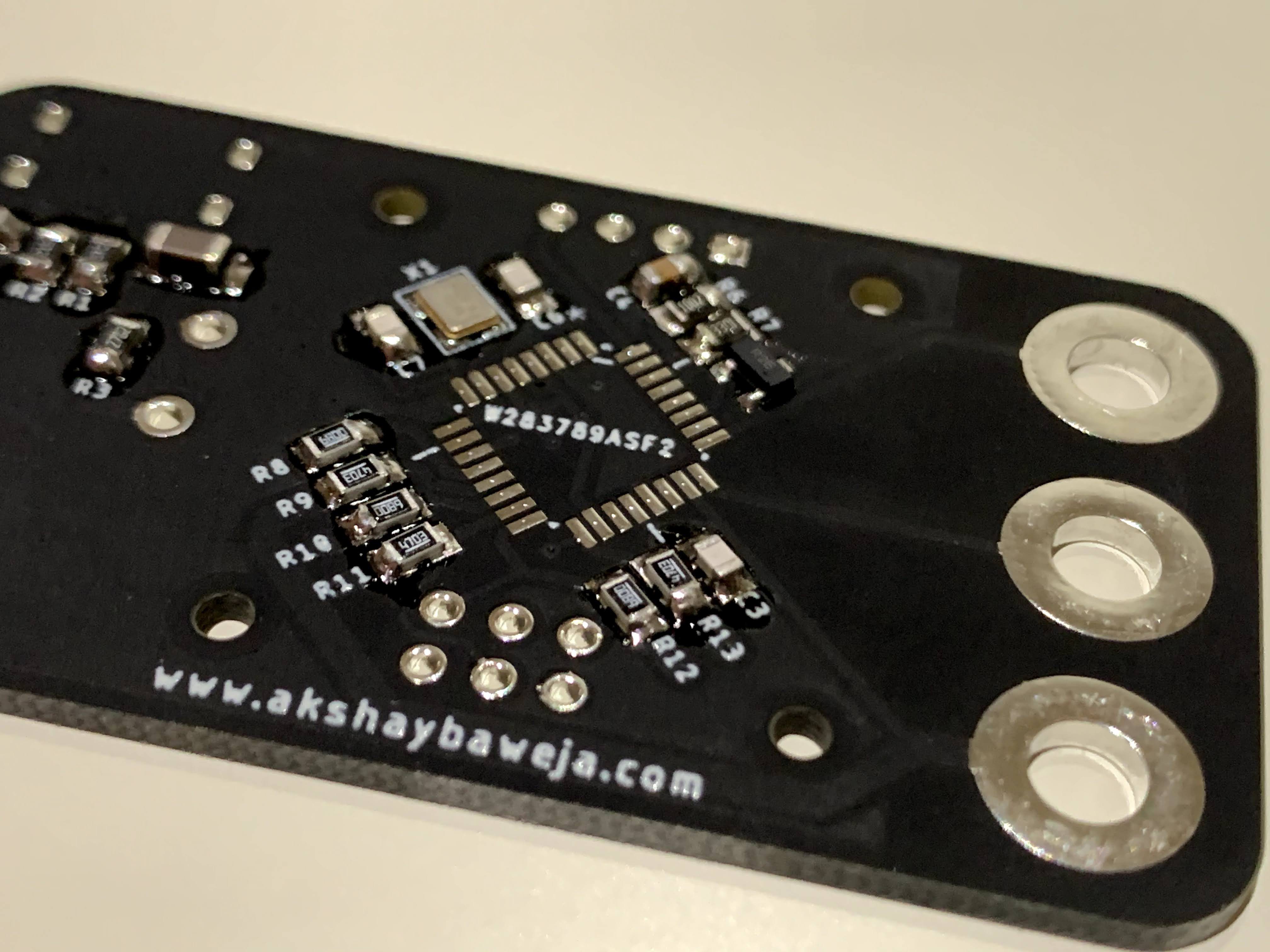
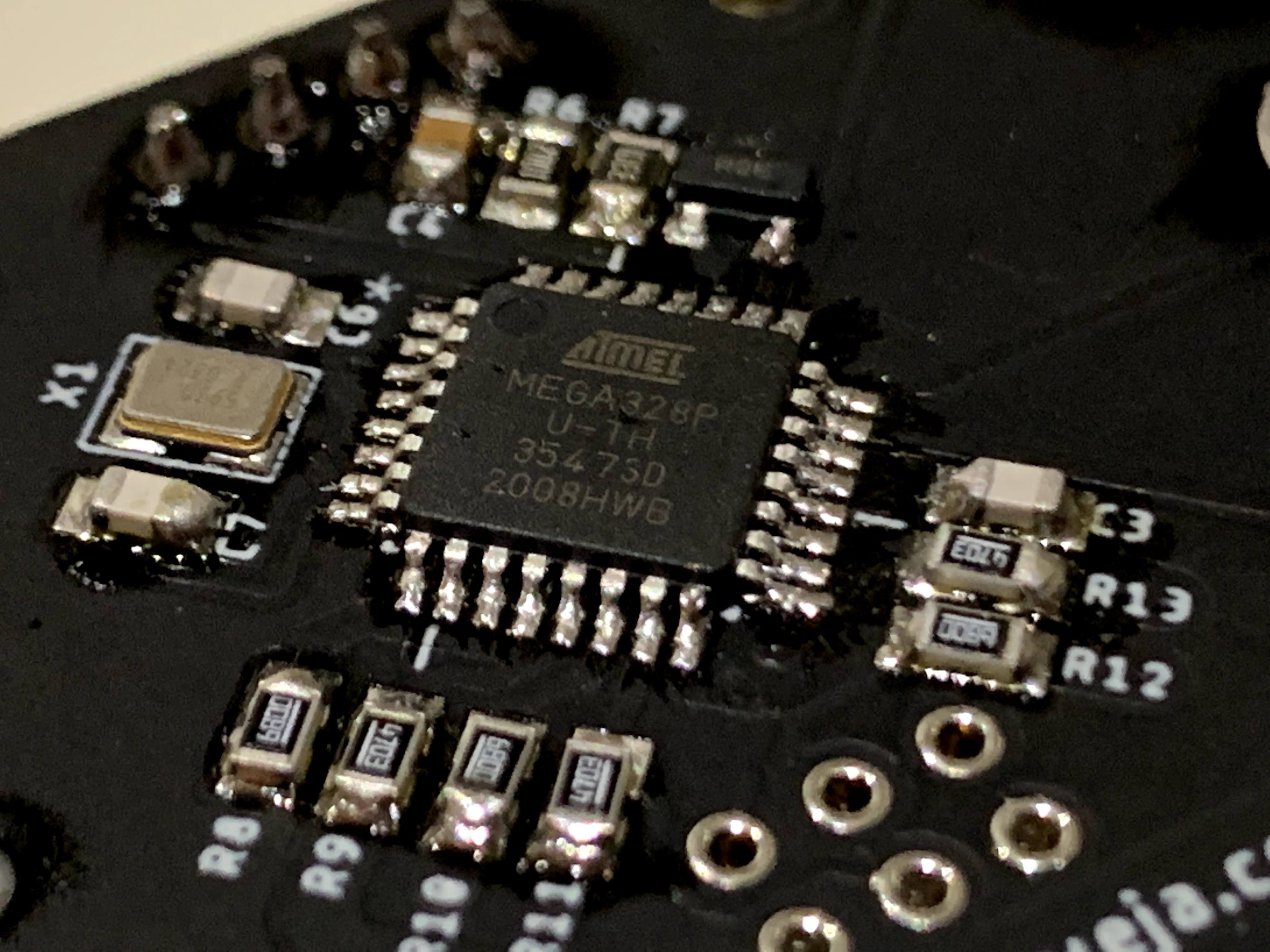
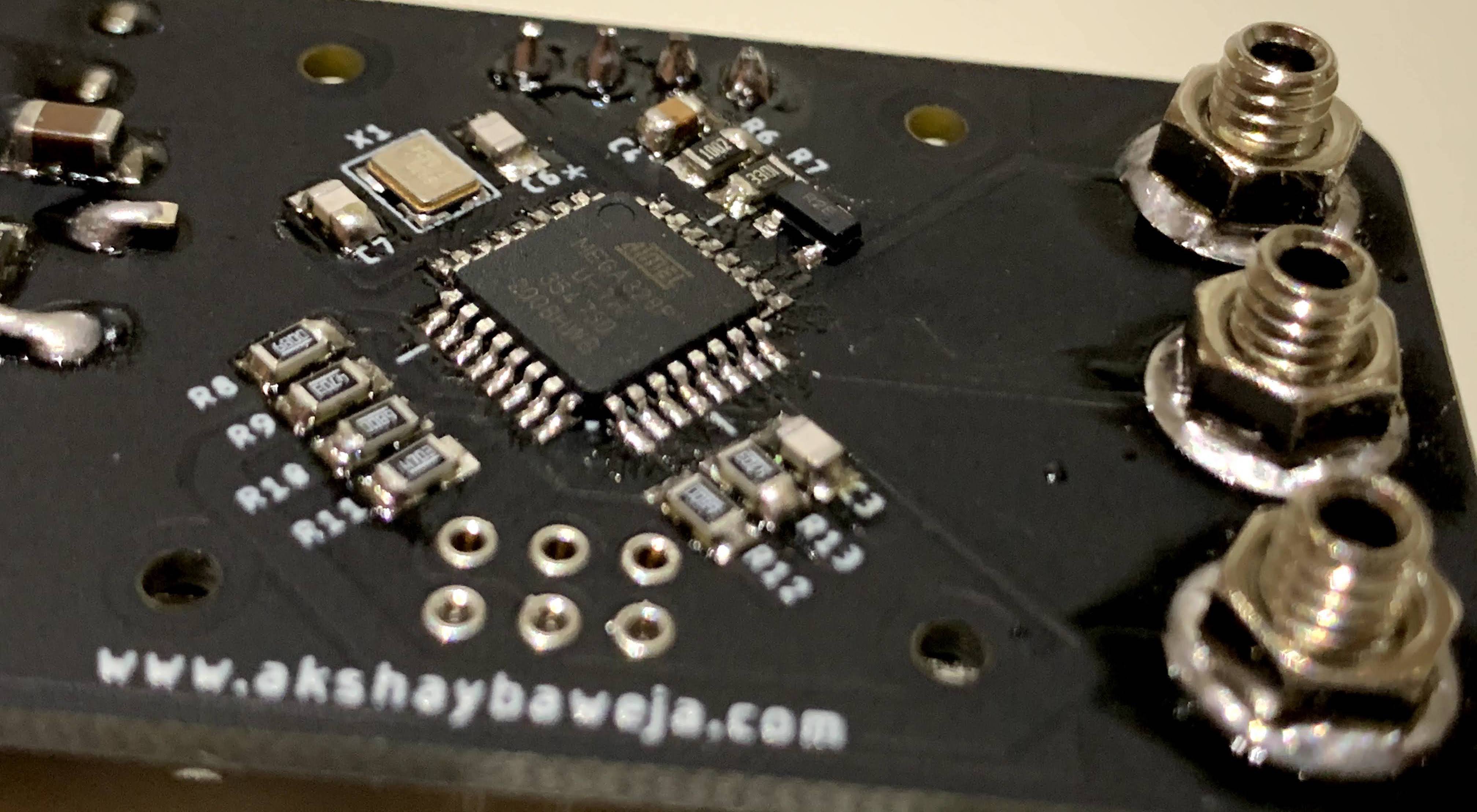




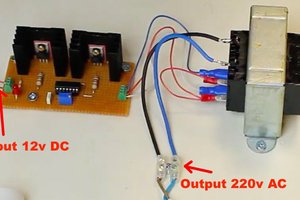
 kamalkedin123
kamalkedin123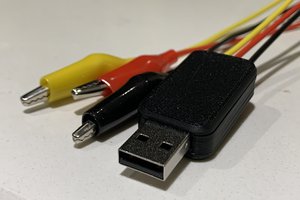

 youkito1991
youkito1991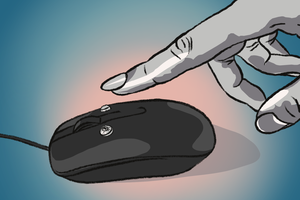
 Bin Sun
Bin Sun
Hello, what kind of IDE development environment is used for this?